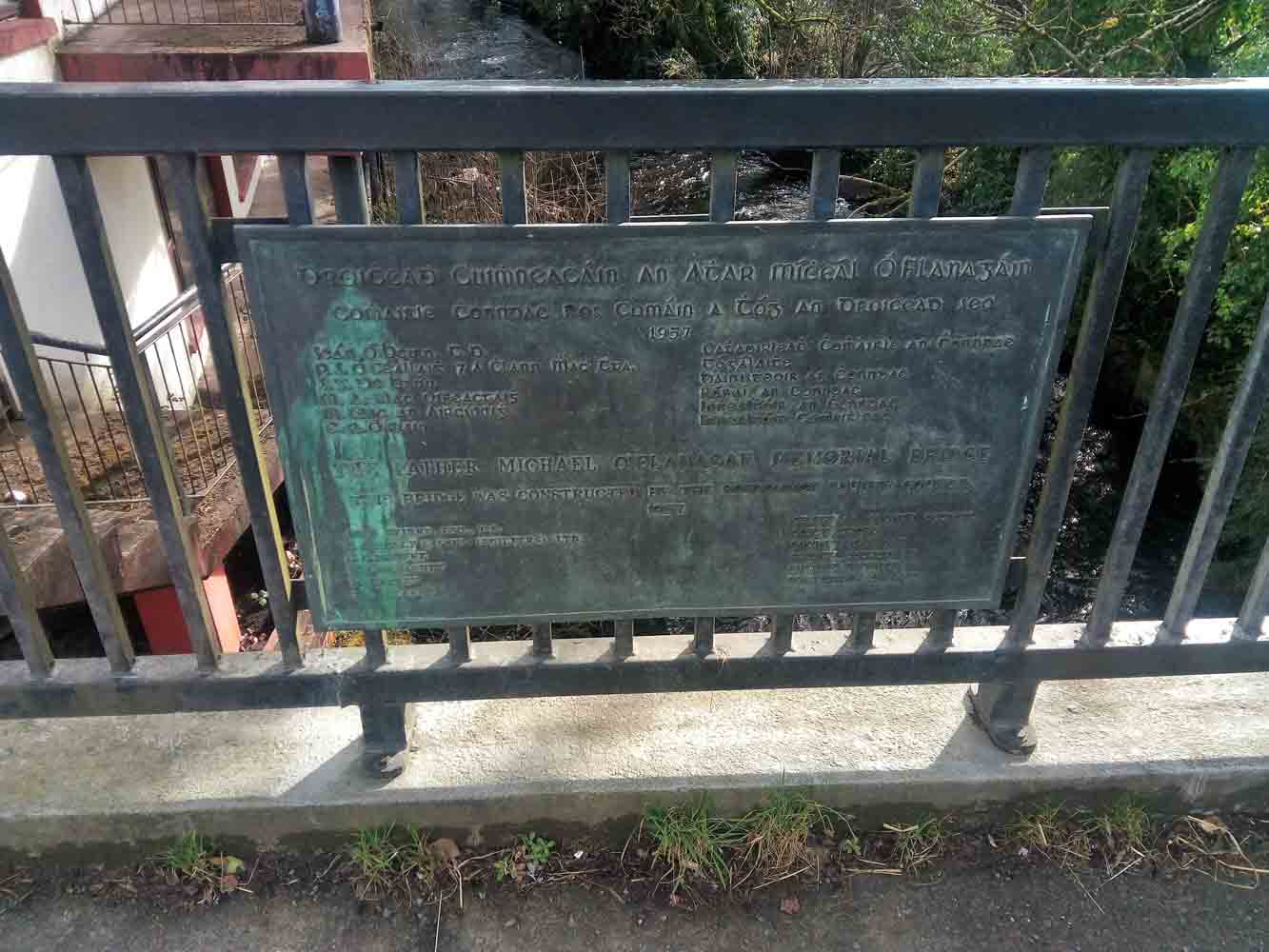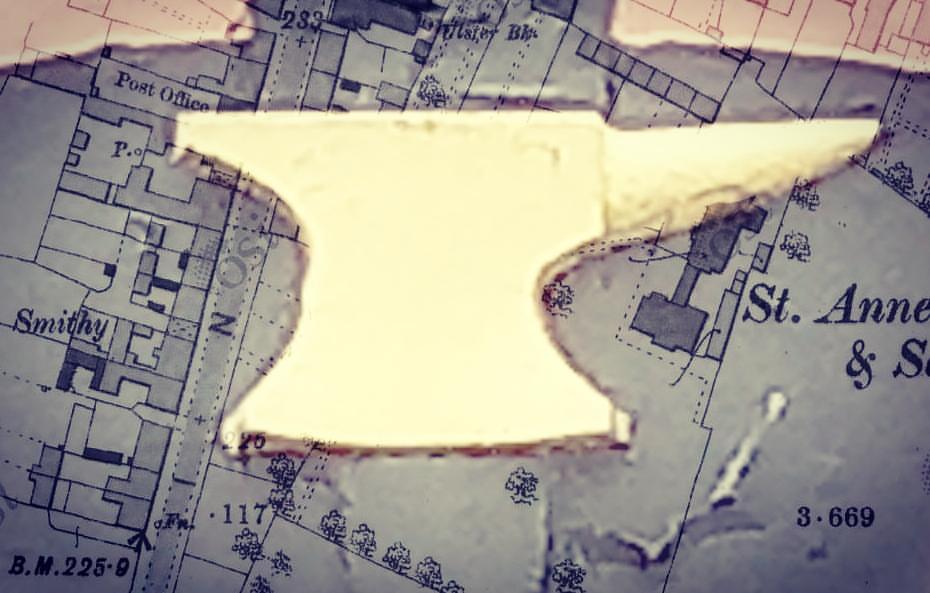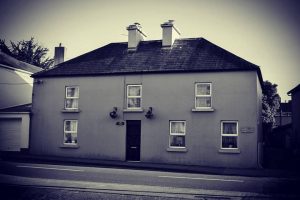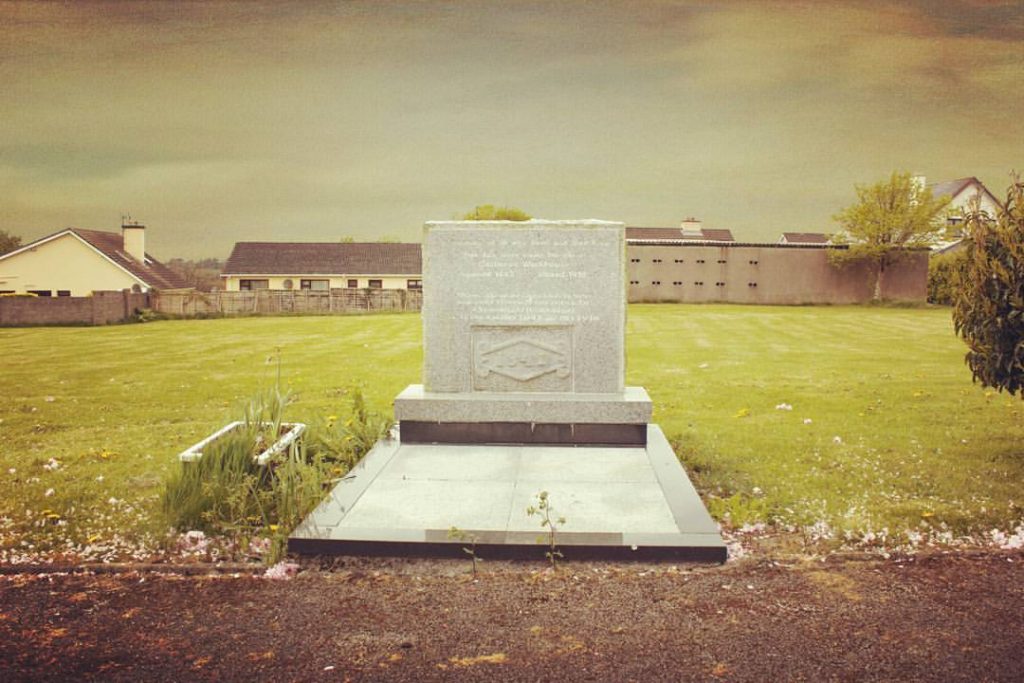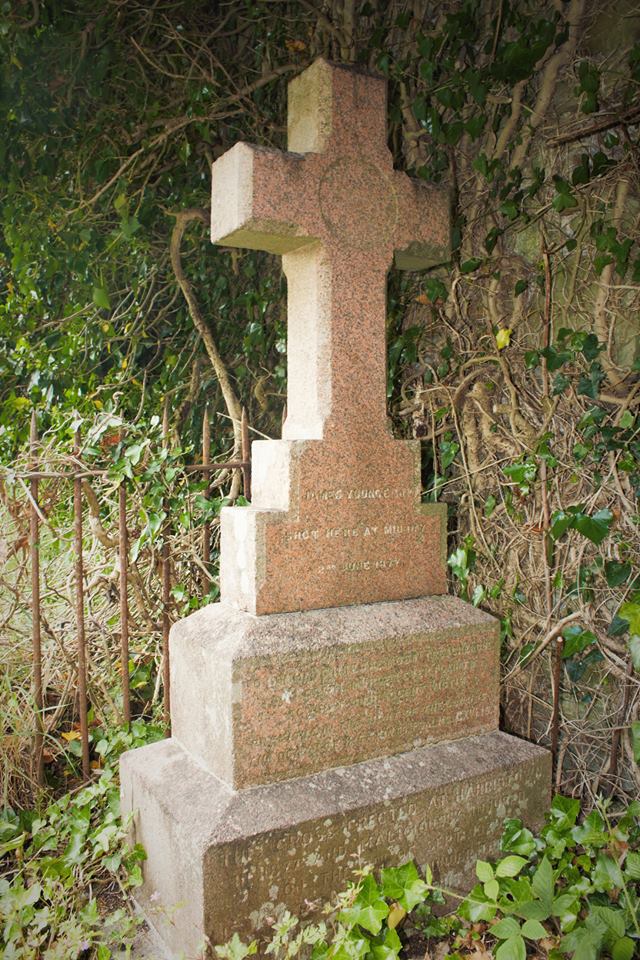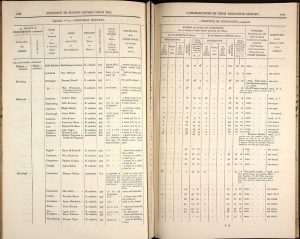Born in 1876 to farming stock at Kilkeevan Castlerea, Michael as a boy attended the National School at Cloonbonniffe where his intellect brought him to the fore. He was duly sent to the diocesan college of Summerhill in Sligo and then to Maynooth college, after which he was ordained in Sligo Cathedral in 1900. He returned to teach at Summerhill for a number of years but in 1904 in an attempt to pay off the rising debts at Loughglynn Church and Convent, Fr O’Flanagan was sent on a fund-raising mission to the States by his bishop, John Joseph Clancy. While here his philanthropic activities brought him to the attention of prominent republican Irish-Americans and these contacts proved to be of great benefit on his return to Ireland and in future years.
After some time spent in Rome, Fr O’Flanagan eventually returned to the country of his birth and in 1914 he was appointed the curate of Cliffoney, in northern Sligo. Here he witnessed the injustices endured by locals as authorities, alongside the Congested District Board, imposed sanctions on turf cutting under the guise of the wartime emergency restrictions. He began a long communication with the Board but the return of turbary rights to the locals was not forthcoming, leaving them worried for the coming cold winter months. Not accepting this defeat on the 29th June 1915 he stood before a gathering outside his church beseeching “what I advise the people to do is for every man who wants a turf bank and can work a turf spade to go to the waste bog tomorrow and cut plenty of turf”
The following morning over 150 people marched with Fr O’Flanagan to the bog. They proceeded to cut their turf every day until mid August, at which time the Board had secured an injunction against them. By now however the turf had been saved and piled up across the road from the Cliffoney RIC barracks with a cover defiantly bearing the Irish words “Ár Móin Féin” meaning “Our Own Turf.” The following year turbary rights were restored but the whole incident, dubbed “The Cloonerco Bog Fight” by local reporters, had seen O’Flanagan go against not only the authorities but his own bishop, Dr Bernard Coyne.
For this latest act of rebelliousness Coyne duly transferred him to Crossna parish, in Roscommon, with a warning to curtail his ideals. However in 1917 O’Flanagan was once again thrust to the forefront of Republicanism in the country. In the very first parliamentary victory for Sinn Féin in the country, he played a leading role in ensuring their candidate, Count Plunkett, romped home in the North Roscommon by-election. Bishop Coyne and the Catholic hierarchy had by now truly wearied of the troublesome priest and revoked his clerical duties forbidding him also from making any public lectures. Nonetheless at the first sitting of the newly proclaimed Dáil Eireann in January 1919, it fell to Fr O’Flanagan to recite the invocation with him additionally being appointed as chaplain to the House.
Retaliation to the formation of this revolutionary parliament was inevitable. Arrests and intimidation of members of this first Dáil by the British forces in Ireland intensified as the country entered the War of Independence. With De Valera absent from the country in the United States, and Griffiths imprisoned, O’Flanagan as vice-president and de facto leader of Sinn Féin, began discourse to bring an end to the fighting. In the early 20’s O’Flanagan informally met with leading members of the Unionist movement to discuss ways of reaching an agreement. Later in London he met with the Prime Minister of England Lloyd George, with a similar objective, but these moves for some went too far. The impression back in the Irish Republic was that with these unsanctioned meetings the Irish cause was considerably weakened and consequently bargaining power reduced in future discussions. It is certainly thought that those ministers pressing for more militant action in Ireland began to have more influence with Lloyd George and the perceived lack of, or disjointed, leadership of the Irish encouraged this viewpoint. Perhaps in an effort to remove him from the front line he was sent by Dáil Eireann on a special mission to the United States and for several years campaigned for the republican movement there, albeit with a brief sojourn in Australia.
In 1925 following a request by De Valera, O’Flanagan returned to what was now the Irish Free State and the following March he attended the Sinn Féin Ard Feis. At this De Valera’s proposal to enter the Oireachtas, once the Oath of Allegiance were removed, was defeated with O’Flanagan siding with the small majority. With this setback De Valera left to found Fianna Fáil. This new party would overshadow Sinn Féin at the June 1927 election as the bulk of it’s members, along with public opinion, shifted to Fianna Fail making it now the leading Republican party in the country. Sinn Fein without the American financial backing that came with De Valera as it’s leader struggled to make a serious impact in Irish politics until 1957 when they once again contested elections in the Republic.
In this time Fr O’Flanagan served as leader of Sinn Féin from 1933-35 although he was still expelled from the party for participating in a Radio Eireann broadcast in early 1936. Sinn Féin had at the time a policy of abstentionism and frowned on the participation of O’Flanagan alongside other political parties, in a show commemorating the First Dáil of 1919.
In later years he retired to Dublin where he worked on historical manuscripts including John O’Donovan’s archaeological survey of Ireland and subsequently undertook a project to edit a vast compilation of the history of the 32 counties. Priestly duties had by now been restored, after over a dozen years, allowing him once again to celebrate mass and this he did at the Convalescing Home of the Sisters of Charity at Kilternan, and the Carmalite Convents at Kilmacud and Roebuck. Fr Michael O’Flanagan died 7 August 1942 just shy of his 66th birthday, and was buried in Glasnevin Cemetery beside Austin Stark, another Irish revolutionary. The throngs of mourners who lined the streets of Dublin as the funeral cortège passed a testament to the ‘staunchest priest who ever lived in Ireland’. (Cathal Brugha)
FINNNN